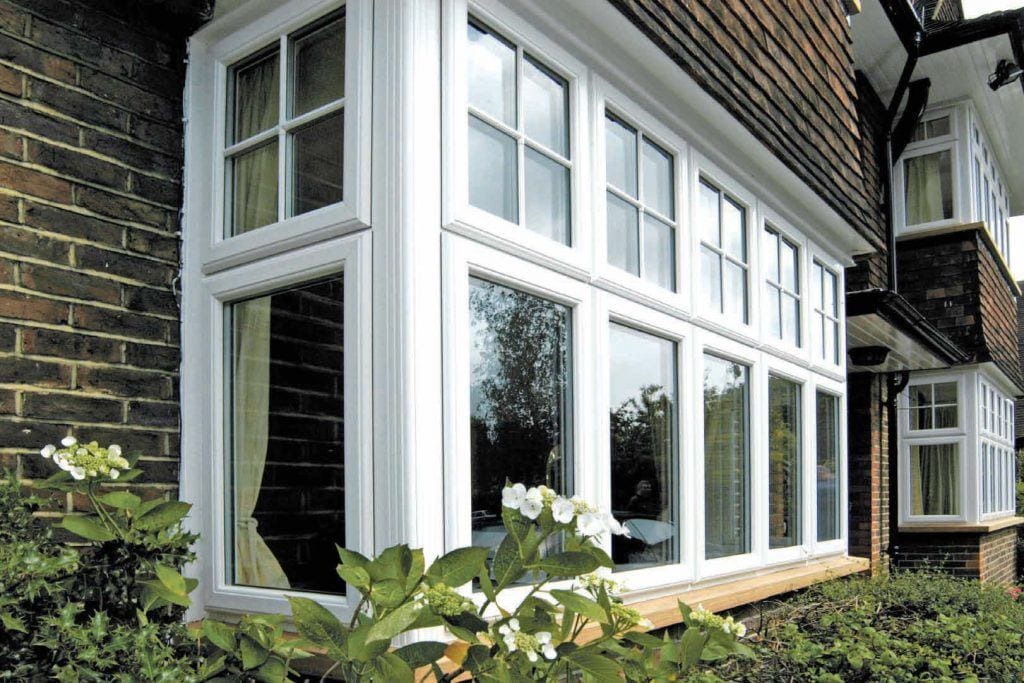Introduction
Window installers play a crucial role in the construction and home improvement industry. They are responsible for fitting windows into buildings, ensuring they are secure, energy-efficient, and aesthetically pleasing. This report delves into the various aspects of the window installation profession, including the skills required, the installation process, industry trends, and the challenges faced by window installers.
Role of a Window Installer
A window installer’s primary responsibility is to install windows according to specifications and building codes. This involves measuring window openings, preparing the site, and ensuring that windows are properly sealed and insulated. The role also encompasses the removal of old windows, repairing any damage to the surrounding structure, and ensuring that the new installations meet safety and quality standards.

Skills Required
- Technical Skills: Proficiency in using hand and power tools is essential. Installers must be adept at cutting, shaping, and fitting materials precisely. They should also understand the mechanics of various window types, including double-hung, casement, and sliding windows.
- Mathematical Skills: Accurate measurements are critical in window installation. Installers must have strong math skills to calculate dimensions and ensure that windows fit perfectly within the designated spaces.
- Problem-Solving Skills: Each installation project can present unique challenges. Installers need to think on their feet and devise solutions to issues such as structural irregularities or unexpected weather conditions.
- Attention to Detail: Ensuring that windows are installed correctly requires meticulous attention to detail. A small error can lead to significant problems, including leaks and drafts.
- Physical Stamina: The job often involves lifting heavy materials, working on ladders, and being on one’s feet for extended periods. Physical fitness is therefore an important aspect of the role.
- Communication Skills: Installers often work directly with homeowners, contractors, and other tradespeople. Effective communication is essential for understanding client needs, explaining processes, and collaborating with other professionals.
Installation Process
The window installation process can be broken down into several key steps:
- Preparation: Before installation begins, the installer assesses the site and prepares the area. This may involve removing old windows, repairing any damage to the frame, and ensuring a clean workspace.
- Measuring: Accurate measurements are taken to ensure the new windows fit properly. This step is critical for preventing issues such as air leaks and water infiltration.
- Installation: The installer positions the window into the opening, ensuring it is level and plumb. Shims may be used to adjust the window’s position. Once in place, the window is secured with screws or nails.
- Sealing: Proper sealing is vital for energy efficiency. Installers apply caulk or insulation around the window to prevent drafts and moisture infiltration.
- Finishing Touches: After installation, installers may add trim or other finishing elements to enhance the window's appearance and ensure a polished look.
- Clean-Up: The final step involves cleaning the work area and ensuring that all debris is removed. Installers may also conduct a final inspection to ensure the installation meets quality standards.
Industry Trends
The window installation industry has seen several trends in recent years, including:
- Energy Efficiency: With increasing awareness of energy conservation, there is a growing demand for energy-efficient windows. Installers are now required to understand the specifications and benefits of various energy-efficient products, including Double Glazing St Albans-glazed and low-E windows.
- Smart Technology: The integration of smart technology into window systems is becoming more common. Installers must stay updated on these advancements, which may include automated opening mechanisms or integrated sensors.
- Sustainability: There is a rising trend towards environmentally friendly materials and practices in window installation. Installers are increasingly tasked with sourcing sustainable products and employing methods that minimize waste.
- Customization: Homeowners are seeking more customized solutions that fit their unique aesthetic preferences and functional needs. Installers must be prepared to offer a range of options and work closely with clients to achieve desired outcomes.
Challenges Faced by Window Installers
Despite its rewarding nature, the profession of window installation comes with its challenges:
- Weather Conditions: Installers often work outdoors, making them subject to varying weather conditions. Rain, snow, and extreme temperatures can hinder the installation process and affect the quality of work.
- Market Competition: The window installation industry is competitive, with many companies vying for business. Installers must continuously improve their skills and services to stand out in the market.
- Safety Risks: Working at heights and with heavy materials poses safety risks. Installers must adhere to safety regulations and use appropriate protective gear to minimize accidents.
- Supply Chain Issues: Global supply chain disruptions can impact the availability of materials. Installers may face delays or increased costs due to shortages of windows or installation supplies.
Conclusion
Window installers are integral to the construction and renovation sectors, providing essential services that enhance the functionality and appearance of buildings. As the industry evolves, so too do the skills and knowledge required to succeed. By staying informed about trends, honing their technical abilities, and adapting to challenges, window installers can continue to thrive in this dynamic field. Their work not only contributes to the beauty of homes but also plays a significant role in improving energy efficiency and sustainability in the built environment.



